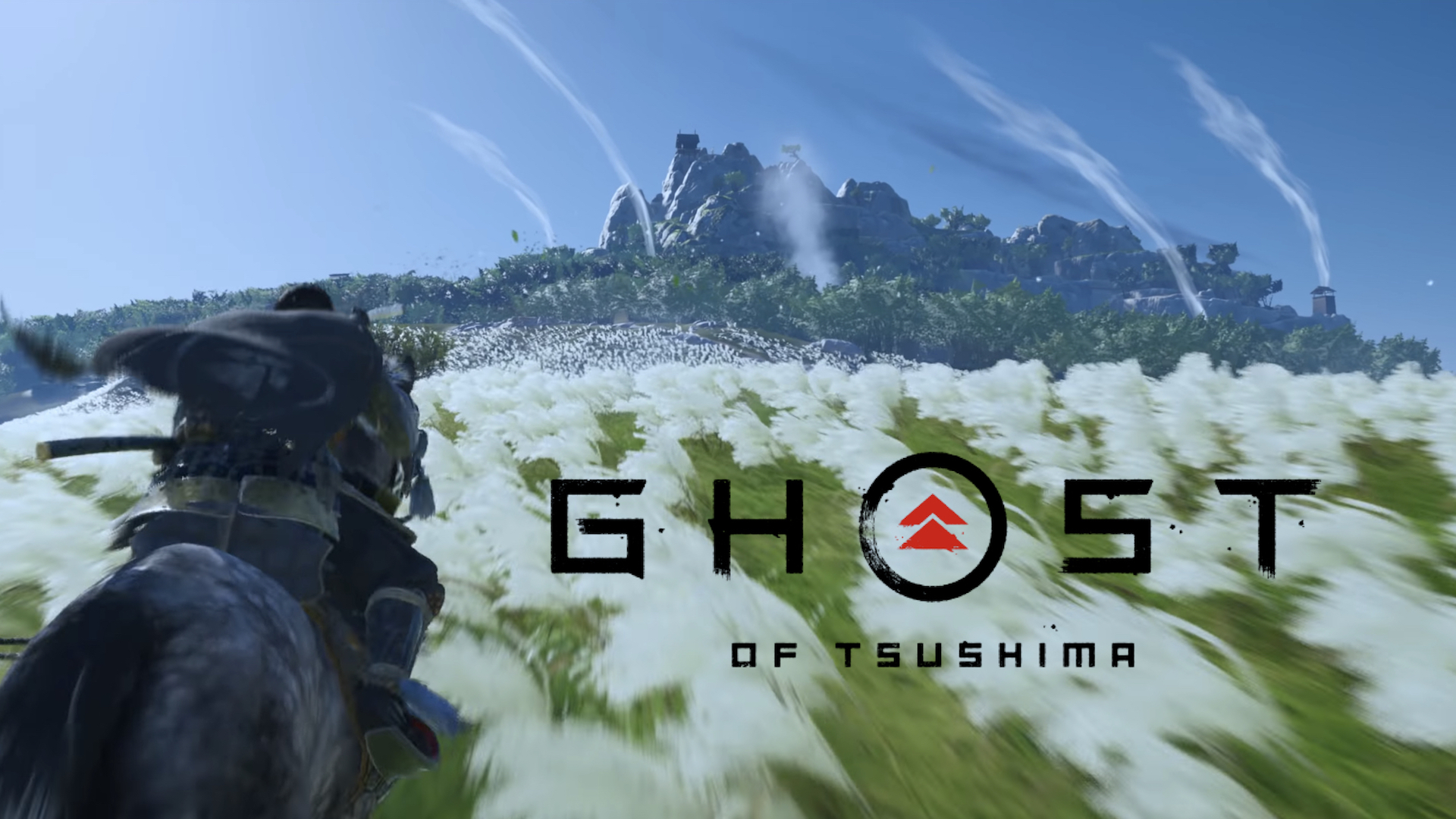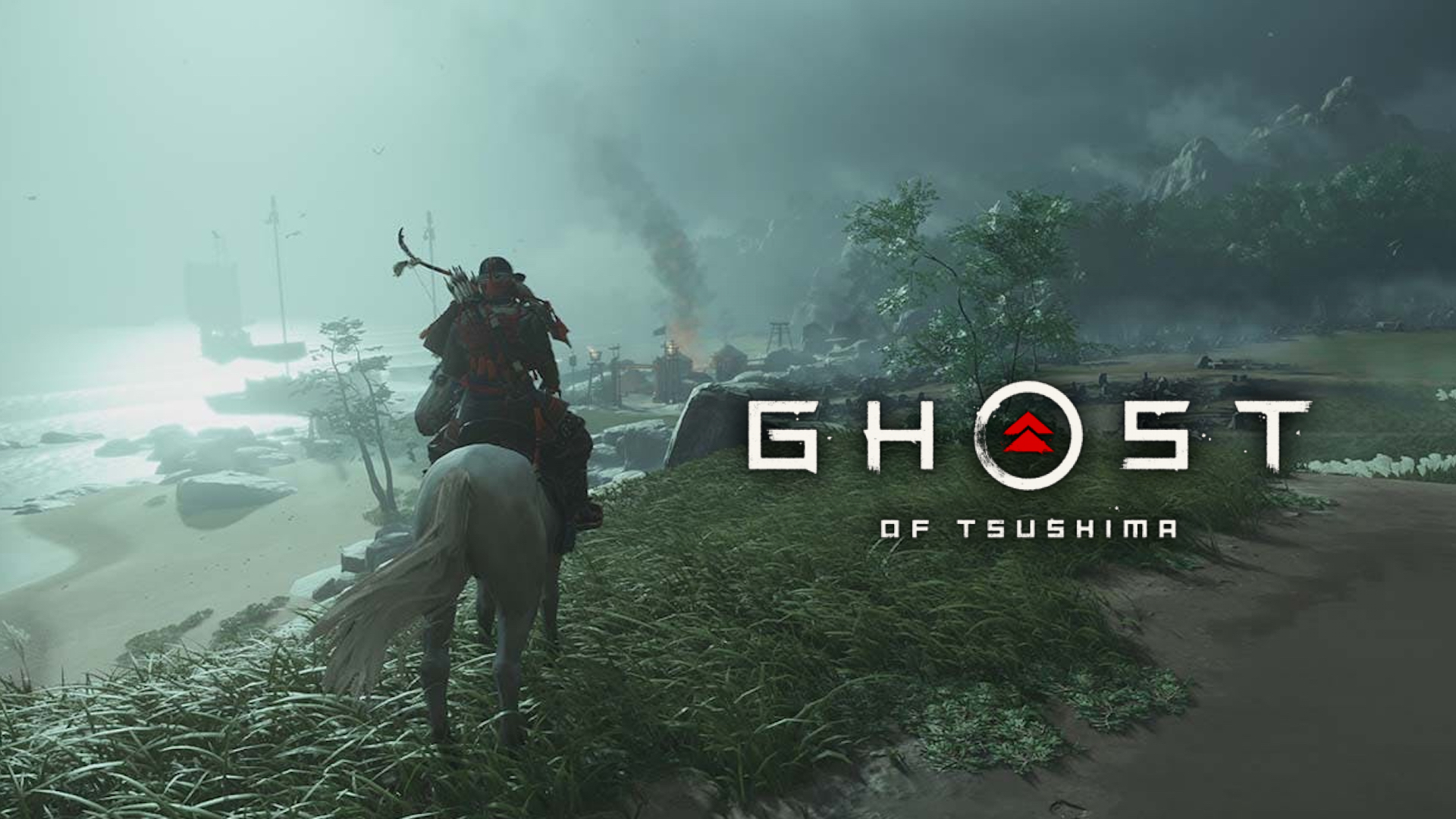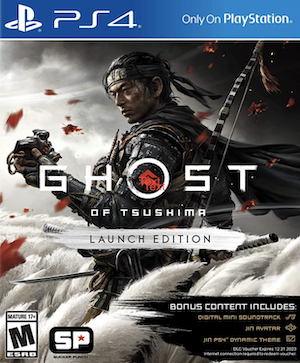
Open world games dominate the industry the way first person shooters used to about a decade ago (if not more), to the extent that it feels like every other AAA release is set in an open world, while even most smaller releases feel obliged to allow players to explore large, semi-open environments. That’s a good thing, of course- we’re big fans of open world games here at GamingBolt. But with that kind of saturation, the feeling of “been there, done that” continues to grow with every new game, especially when games that want to break out of the mould and try new and interesting things continue to grow increasingly rare.
Every once in a while though, along comes a new release that does try interesting new things, and when they succeed, they inherently stand out among the crowd. Sucker Punch’s latest samurai epic Ghost of Tsushima isn’t always the most inventive games, and in many ways it can feel quite formulaic, but when it comes to open world design, it strikes a unique balance between building on industry tropes, and introducing new ideas of its own.
In doing so, it ends up creating an experience that, as I mentioned earlier, does stand out. Because Ghost of Tsushima does quite a lot of things better than the vast majority of open world games out there, specifically in terms of open world design. These might not be huge innovations, but in these following five ways, I hope it becomes a guiding wind for others in the industry.
SIZE AND VARIETY
The number one rule for developers in the industry when it comes to open world maps seems to be- bigger is always better. In many ways, that’s true. After all, the point of an open world is to give players vast open spaces to explore and mess about in, so obviously, even bigger spaces should mean a better map, right? And sure, technically that’s true. But as we’ve seen more and more these past few years, that philosophy can easily lead to a problem that’s become increasingly more common in games these days- bloat.
Ghost of Tsushima avoids that problem, and it avoids that by being exactly as large as it needs to be. Make no mistake, this is not a small map. It is absolutely massive, full of things to do and places to see. It is also beautifully diverse, encapsulating lush fields, dense forests, bustling settlements, swampy marshlands, and frozen mountains. In those ways, it does the things any open world map should do on a surface level.
But Ghost of Tsushima goes beyond the surface level, because while it is a large and varied map, it also never feels so large that it becomes intimidating. For instance, in Assassin’s Creed Odyssey, the oh-so-classic example of a bloated open world, exploration loses all meaning because the world feels so overwhelmingly large. On the other hand, with a map that is massive and yet still relatively condensed, Ghost of Tsushima makes you feel like you can see everything there is to be seen. Even if that’s something you don’t want to do, you know that it’s something you can conceivably do without having to spend hundreds of hours. And best of all, thanks to the lack of bloat, all the locations in the map don’t start blending into one another after a point- you remember each place you visit… which takes me to my next point.
ATMOSPHERE
Atmosphere is one of Ghost of Tsushima’s biggest strengths. The game has an uncanny knack for transporting you to its setting and completely immersing you in your surroundings. A lot of that comes from the fact that every inch of the map feels carefully and cautiously handcrafted. As you move through the island of Tsushima, you find yourself in a variety of biomes and locations, as I discussed above, and each has its own distinct personality.
What contributes to that more than anything else is the game’s strong art design. Ghost of Tsushima is a technically impressive game, sure, but it wouldn’t be half as visually pleasing as it is if it weren’t for the art style. It uses colours in abundance, painting a rich and vivid tapestry of astounding sights every chance it gets, from fields of flower bursting with colour to forest floors covered in bright red leaves.
And, of course, the wind is a crucial factor as well. You wouldn’t think that something as simple as the wind would be so important in shaping a game’s identity, but here, it absolutely is. There’s nothing quite like walking across a hill covered in tall and beautiful stalks of tall grass that are gently swaying against gusts of wind.
NAVIGATION
This is an area where most modern AAA open world games falter, where most games in this space resort to the easiest and most bland way of getting their players to traverse their environments. Following the marker, following the compass, following the minimap, or some variation of that is what most open world games have usually relied on to get players from point A to point B.
Ghost of Tsushima doesn’t do that. Its world is designed to ensure that players always find something new and something exciting. Following birds and foxes to side activities might become repetitive after a while, but there’s just something about hearing the chirps of a golden bird that invariably pulls you away from whatever you were doing so you can see where it wants to lead you.
Even if you don’t care about the mechanical and material gains that exploring the world might lead to, sightseeing in and of itself is enough of a motivator. Ghost of Tsushima’s world is beautiful, and it keeps delivering moments of striking beauty that occur naturally through the course of exploration. Climbing on top of an innocuous hill might reward you with a glorious vista of the horizon and all the things on the island that lie between it and you. Riding through a forest towards the sound of rushing water could suddenly treat you with a view of a beautiful lone tree standing on an isolated island in the middle of a lake. Even simply walking on a beach at night and watching the moonlight being reflected in the calm and still waters of the ocean while the Mongol fleet waits imposingly in the distance can be a breathtaking sight.
SENSE OF DISCOVERY
For some reason, it’s very hard for many open world games to make the very act of exploration and discovery feel rewarding- or at least it’s started feeling that way as games have started relying more and more on “follow the marker”, because in doing so, you can so often be so focused on your destination that you stop caring about the journey. Some games like Red Dead Redemption 2 and Breath of the Wild succeed in avoiding those pitfalls, and Ghost of Tsushima comes very close to being just as successful at doing so.
Where most open world games mark side activities in the on-screen UI, Ghost of Tsushima asks you to follow birds and foxes. When a quest tells you that you have to, say, follow a trail of purple flowers to get to your destination, you physically have to find those flowers yourself, and then follow that trailer – not a marker in the UI – to get to your mission objective. Talking to NPCs yields hints about various side activities, while civilians that you rescue from Mongols or bandits might tell you about enemy encampments.
Something else that Ghost of Tsushima makes use of that makes a massive difference is fog of war, which is by no means a new mechanic, but one that more open world games need to make use of. That’s because side activities and points of interest in the world are only revealed to you as you explore it- it happens organically. It incentivizes exploration. Instead of just dumping every location of interest in the world in one go on the game’s map, Ghost of Tsushima tasks you with discovering those locations yourself. It’s such a simple way to ensure that players actually feel rewarded for going off the beaten path and exploring the world, but it’s so incredibly effective.
RIDICULOUSLY QUICK LOADING
This is impressive purely on a technical level, and in a very, very obvious way. All this talk of SSDs and the elimination of loading times with next-gen consoles has only gained so much traction because that can make such a huge difference in any game (especially an open world one)- but here’s Ghost of Tsushima, running on positively archaic hardware, already giving us a taste of what that feels like.
How often have we waited impatiently for a game to load after you fast travel from one place to another? How often have we restlessly checked our phones as we wait for a game to throw us back into the action after we die? How often have we waited for a game to load its entire world after we boot it up? Too often, right? Just think of the ridiculously long time Red Dead Redemption 2 makes you wait every time you load a save.
Ghost of Tsushima ensures that all that downtime is kept to a minimum. What’s even more impressive than its lightning-fast loading is the fact that it is artificially extended. During development, Sucker Punch found that the game was loading so quickly that there was barely any time to read the tips the game throws at you in the interim, and they had to actually extend those loading times. What sort of witch magic is allowing them to do that on a PS4?
Note: The views expressed in this article are those of the author and do not necessarily represent the views of, and should not be attributed to, GamingBolt as an organization.


















